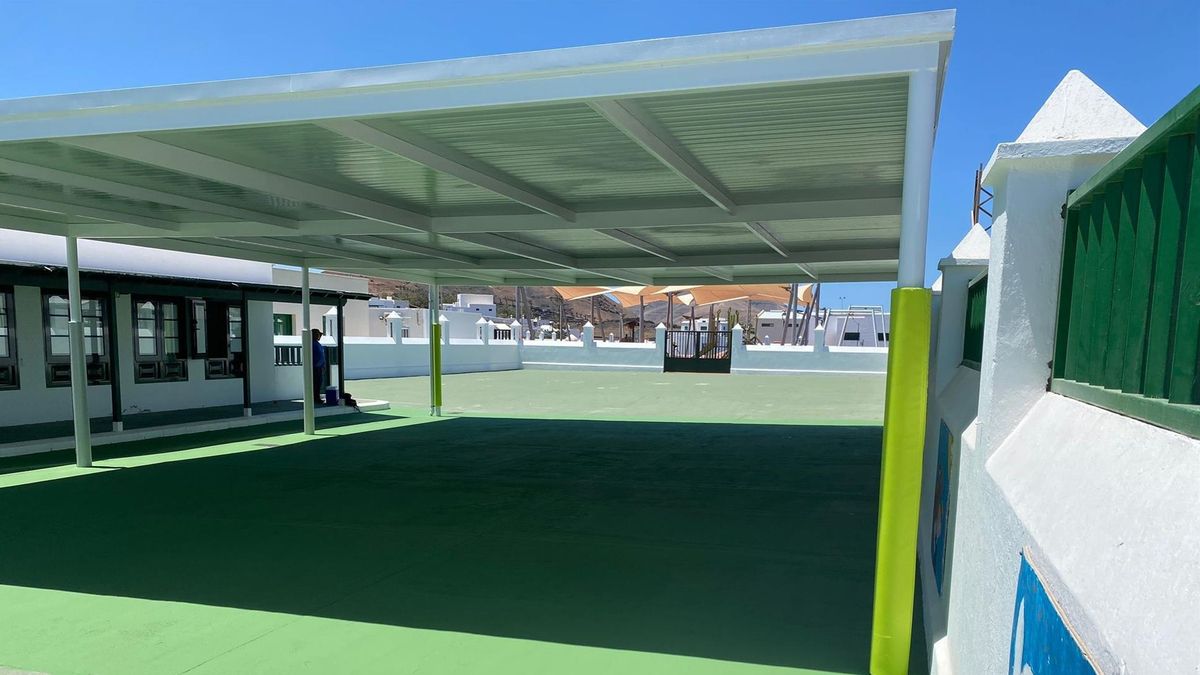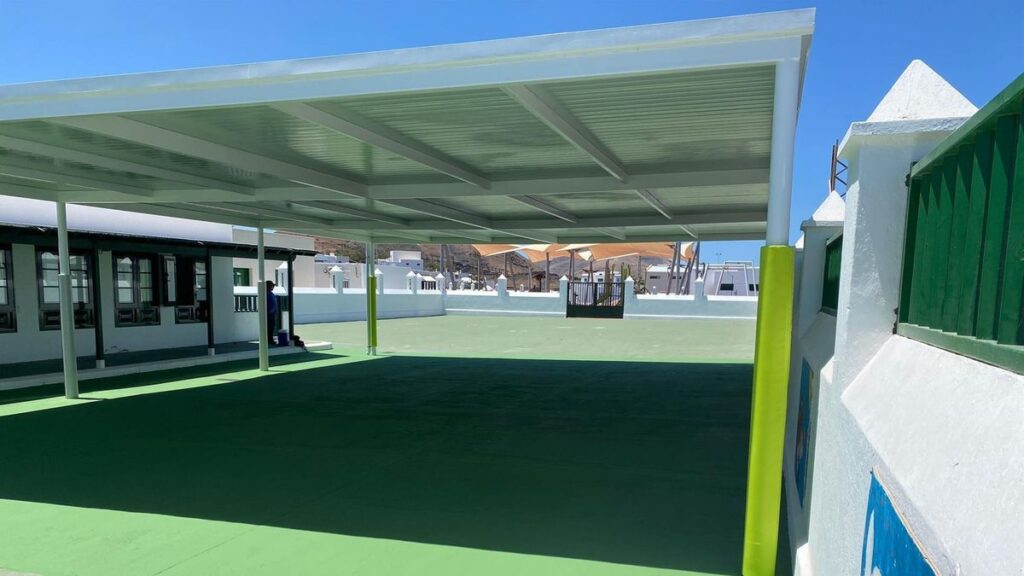Tenerife Takes Action: Shade Structures for Schools
In response to a wave of criticism from parents regarding the handling of the recent heatwave in the Canary Islands—during which only seven schools suspended in-person classes despite scorching temperatures—a new collaborative initiative has been launched. The Tenerife Island Council and the Canary Islands Government have signed an agreement to provide shade structures for 51 public schools in the hotter southern part of the island. This project is a key regional measure to combat the effects of climate change and adapt public spaces to periods of intense heat.
A Cooler Future for Over 16,500 Students
The primary goal is to adapt public school infrastructure to increasingly frequent heatwaves. The Island Council has confirmed that the initiative is expected to benefit more than 16,500 students across various educational levels, including early childhood, primary, secondary, vocational training, and special education centers. To fund these improvements, the Tenerife Island Council will grant the regional government a subsidy of €2,182,799.49.
Tailored Solutions for Immediate Impact
The funds will be used to install various types of shade solutions, such as pergolas, lightweight covers, or tensioned sails, chosen based on the specific conditions of each school. To speed up the process, schools will receive the funding directly and will have the authority to carry out the work without going through a public tender process. This direct approach ensures that the much-needed shade arrives as quickly as possible.
Starting in the South with Ambitious Goals
The project will begin in the south of Tenerife, covering up to 51 centers where solar radiation and high temperatures have the most significant impact. There are already intentions to continue with successive agreements to cover the rest of the island. The forecast is that these shaded areas could reduce temperatures by up to 10°C (18°F) in the treated zones, creating vital microclimates for students’ well-being.
Part of a Broader Regional Climate Plan
This is not an isolated effort. The Regional Ministry of Education has already formalized similar initiatives with the Island Councils of La Gomera and Lanzarote and hopes to continue rolling out the program across the rest of the archipelago. Currently, a total of 160 shade spaces are under development throughout the Canary Islands.
Prioritizing the Most Exposed Municipalities
On Tenerife, the work will be carried out in schools across thirteen municipalities, with priority given to those identified as having the greatest exposure to solar radiation and high temperatures. The list includes Arona, Granadilla de Abona, Adeje, Güímar, San Miguel de Abona, Guía de Isora, Candelaria, El Rosario, Arico, Santiago del Teide, Arafo, Fasnia, and Vilaflor de Chasna.
Official Commitment to a Climate-Resilient Education
At a press conference, the island’s president, Rosa Dávila, highlighted the importance of this “innovative” agreement across 13 Tenerife municipalities. She stated that it sets an example in the “fight” against climate change by creating microclimates “where our young people are better protected.”
The Councillor for Education, Poli Suárez, recalled that the initiative originated from “demands” gathered from the educational community at the start of the legislative term. Work began this past July, and he committed to establishing a “roadmap” with the General Directorate of Educational Infrastructure.
Iván González, from the regional department, added that the shade structure project is part of a broader regional action plan for high temperatures, which has been in execution for 13 months. All its measures are reportedly “underway,” including the installation of thermal sensors and the naturalization of school grounds, all aimed at adapting to the new reality of extreme heat.


